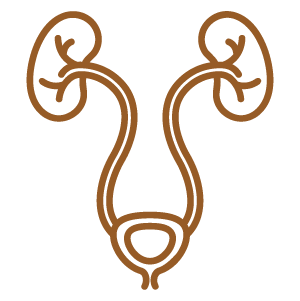Everything You Need to Know About
Cleavers (Galium aparine)
Botanical family: Rubiaceae
Parts used: Stems,
Leaves,
Aerial parts



Key Body Systems Cleavers (Galium aparine) relates to

Skin

Urinary system

Immune System

Lymphatic System
Energetics
Cooling
Moistening
Key actions

Key uses
Where to Find Cleavers (Galium aparine)




